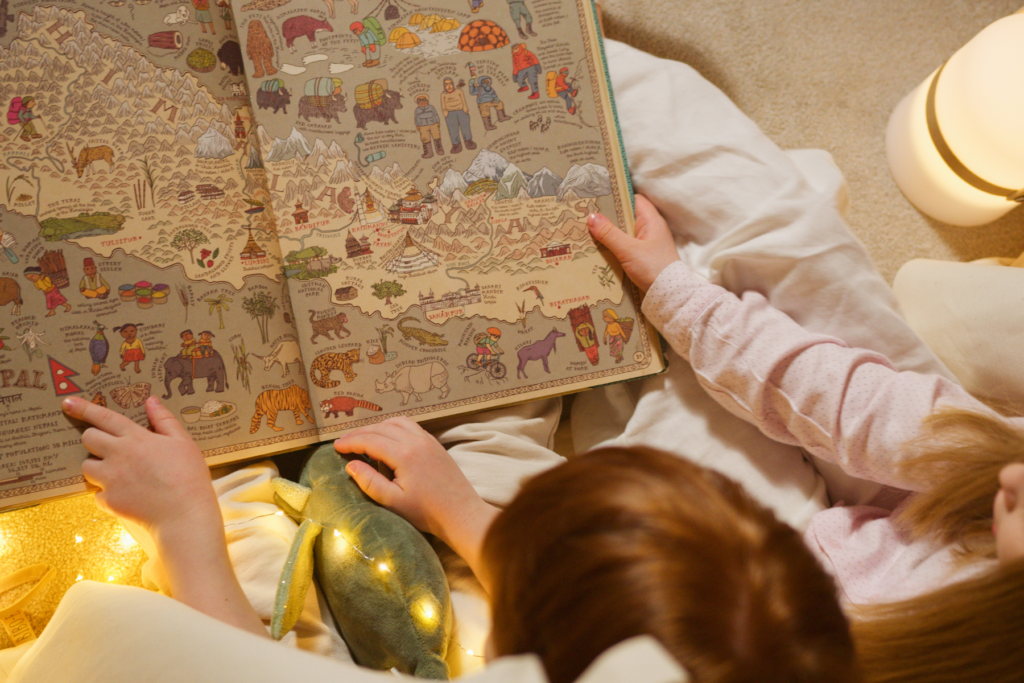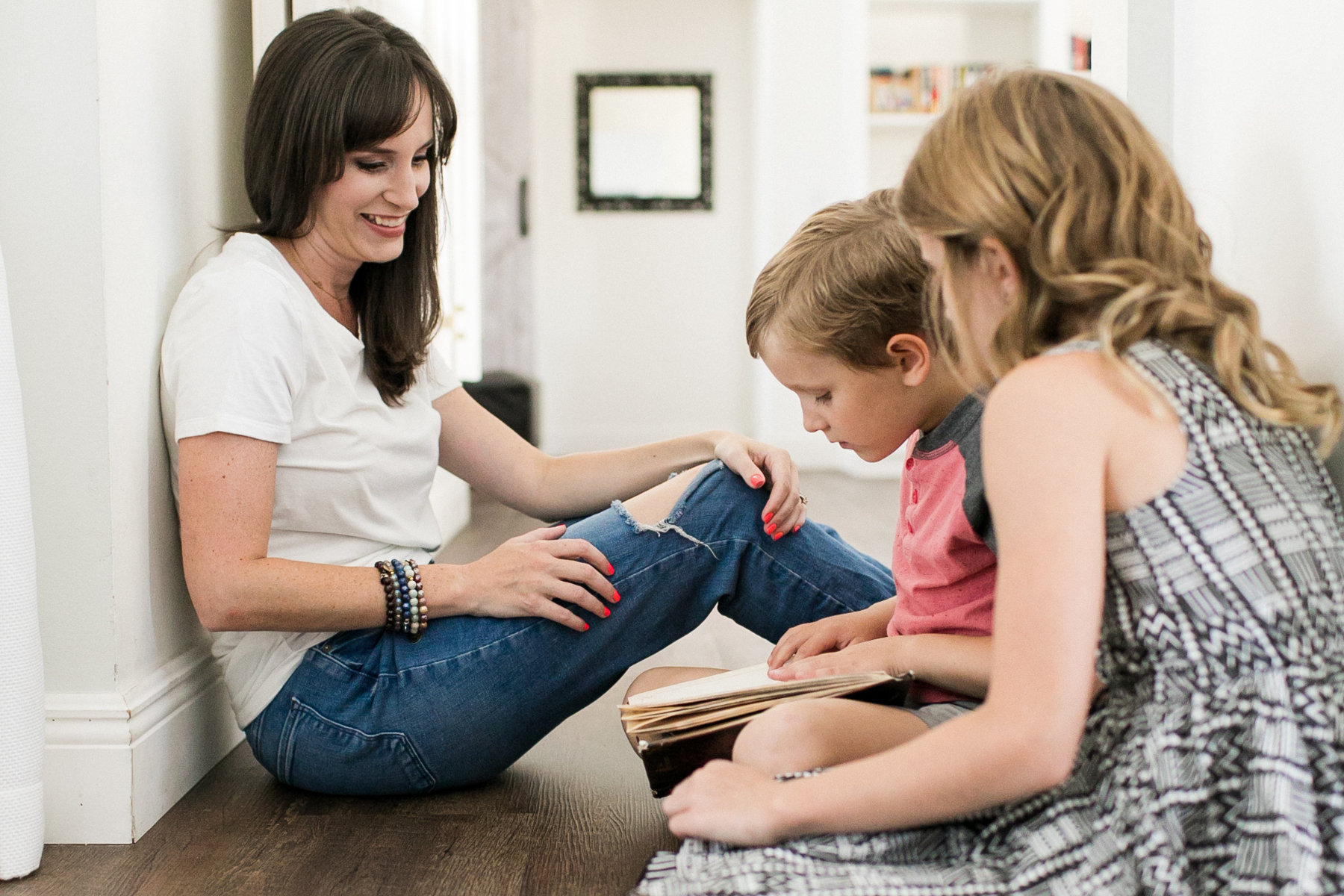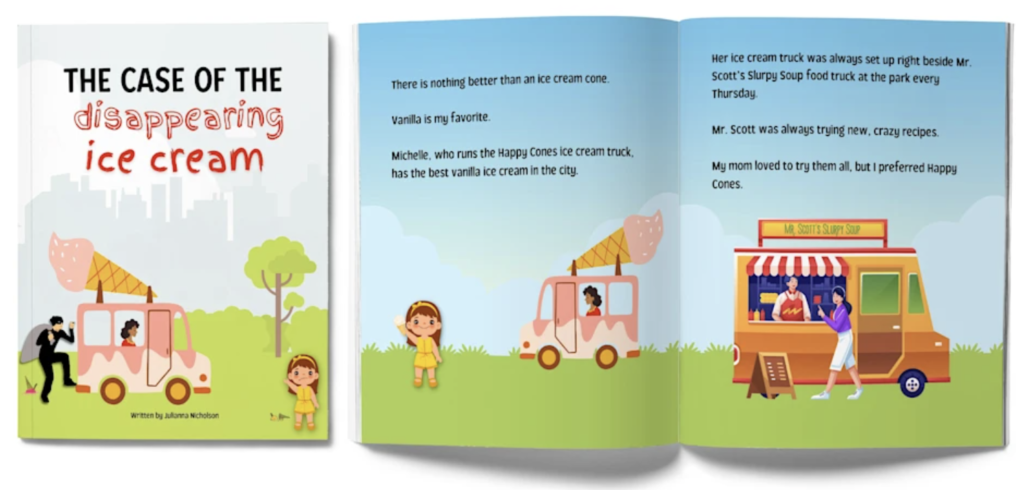Writing a children’s book can be an enjoyable and rewarding experience. Crafting stories specifically designed to capture the imaginations of young readers is a great way to foster their love of reading.
How to Write a Children’s Book Template in 3 Steps
Here is a step-by-step guide to help you write your own children’s book from start to finish.
1. Know Your Audience
Before you begin writing, it is important to have an idea of who your target audience will be. Are you writing for toddlers, young children, or preteens?
Age Range
The first thing you should consider is what topics are appropriate for your chosen age group. For example, if you’re writing for toddlers, stick with simple concepts and language that they can easily understand. If you’re writing for preteens, feel free to explore more complex ideas and use more sophisticated language in short chapter books.
Different age ranges have different interests and needs, therefore, it is essential to tailor your content accordingly. Consider age-appropriate themes and language that will resonate with the intended audience.
Additionally, think about whether certain topics may be too mature or complex for younger audiences.
Reading Level
In addition to considering an age range, you should also factor in reading level when choosing an audience for your children’s book. Although some books may be suitable for multiple ages due to their content, their difficulty level could vary greatly depending on the reader’s experience and skill level.
This includes both readability (vocabulary) and comprehension (understanding of concepts). Picking a specific reading level—whether early reader, beginner reader, intermediate reader, etc.—can help ensure that readers get the most out of their experience with your book.
Knowing your audience will make the entire process easier.

2. Start With A Story Idea
Your story idea can be as creative or as simple as you want it to be. Think about stories that were meaningful or inspiring when you were growing up. These could provide some inspiration for your own work.
Alternatively, challenge yourself by coming up with something entirely new and unique.
Start with What You Know
Review your experiences, both positive and negative, as well as things you’re passionate about or find interesting. This can be anything from the books you read growing up, past hobbies you enjoyed, places you lived or traveled to, etc.
Look for common themes among these experiences and see what story ideas might emerge. It can also help to ask yourself questions such as “what if…?” or “why don’t…?”
Check Out Other Books
It’s simple yet effective to look through other children’s books currently on the market and see what appeals to you. It may even be helpful to read reviews of these books so that you can gain insight into what different genres readers like and dislike about them.
Pay attention not only to the titles but also their illustrations, characters, and storylines so that you can get a better understanding of what works in terms of style, tone, and structure.
Talk To Kids
One of the best ways to generate story ideas is by talking directly to kids themselves. Ask them questions about their favorite stories or movies as well as their own experiences and interests.
Not only will this provide valuable feedback on potential ideas but it will also give kids an opportunity to share their perspectives which could lead you down paths that may have never crossed your mind before.
Once you have your story idea, it’s time to start planning out the plot and characters in greater detail.

3. Create A Template For Your Story
Once you have a general outline of the plot and characters worked out, create a template that outlines each chapter or scene in the book. This will help keep your story on track while allowing room for creativity and flexibility along the way.
Consider including details like character development points or major plot twists in this template so that everything flows smoothly together and nothing important gets left out of the main plot.
Start with the characters.
Have your child think about what kind of characters they want in their story, like the hero and villain, or even the main character or just some side characters who come in and out throughout the story.
It’s important that your child come up with an interesting character (or two) and motivations for each of the characters so that they have something to work off of when they start writing their story.
Determine the setting of the story.
Where does it take place? Is it in an imaginary world, or somewhere more grounded in reality?
Maybe your child wants to write about their hometown or another place they know well. The possibilities are endless! Giving your child guidance on this part can help them get their creative juices flowing so don’t be afraid to suggest some ideas if needed.
Devise a plotline.
This is where the story structure really starts to come together. Once your child has figured out who their main characters are and where their story takes place, it’s time to think about what happens in it.
Brainstorming potential plot points like goals for characters, obstacles they must overcome, and major events that occur–all these pieces will help make up the overall plotline of the story once everything is said and done.
Add details and descriptions.
The last step is adding all those tiny little details that bring life to any good story. Descriptions of people, places, objects, etc., can all make a huge difference when it comes time to write out the actual narrative.
Having some examples on hand from other books or movies might help here too if you’re looking for inspiration.

What Makes a Children’s Book Popular?
When you think of children’s books, you probably think of the classics like Where The Wild Things Are or Alice In Wonderland.
But what is it that makes these stories and characters so special? What is it that has kept them popular over the years?
Let’s take a look at some of the things that make children’s books so beloved.
Relatable Characters
One of the things that make children’s books so popular is the fact that they often feature characters that kids can relate to and identify with. This could be a character facing everyday issues like not wanting to go to bed or trying to make friends, or extraordinary characters like kings, queens, dragons, and talking animals.
No matter who the character is, their story will usually revolve around an issue that kids can empathize with and learn from.
Imaginative Worlds
Another thing that makes children’s books popular is their imaginative worlds. Whether it be a strange land populated by talking animals or a faraway planet inhabited by aliens, these stories always have something interesting for young readers to explore.
These imaginative tales also help capture kids’ imaginations and encourage them to use their own creativity when reading and writing.
Engaging Stories & Moral Lessons
Finally, one of the things that make children’s books so beloved is their engaging stories and moral lessons.
Many children’s books tell stories about overcoming obstacles and standing up for yourself or others in need. This includes stories that teach values such as courage, integrity, honesty, perseverance, and friendship.
These lessons help instill important life lessons in young readers while also entertaining them with an exciting story they won’t want to put down until they reach the end.
Congratulations! You now have all the tools necessary to get started on writing your very own children’s picture book. By following these steps one at a time, you can ensure that everything comes together in a cohesive story that young readers will love.

How I Published my First Children’s Book
This is a book my daughter put together when we were locked inside during the pandemic in the summer of 2020. Check out our first picture book here on Amazon.
While most writers of kids’ books use tools like Microsoft Word, I prefer to use Google Docs. Then, I export the text into Microsoft Word. It’s the easiest way to write your first book. (At least it was for me!)
When it came to formatting the page layout, I relied on some help from Fiverr. I wasn’t too knowledgeable about the number of pages it needed to be, what needed to be included on the title page, how to operate Adobe Indesign, and more.
So, I needed a professional editor for this part, but I did most of it myself in Canva. Click here to try Canva Pro for free. For children’s books, the size needs to be 8.13 in.x10.25 in. (I’m not sure why Amazon Kindle Direct Publishing makes it impossible to find that information, but it took me quite some time to learn that.)
The best way to create a standard picture book format is to have a page count of 28. For children’s picture books, this is what Kindle Direct Publishing requires. If you reach out to traditional publishers, it may be different.
From Canva, you can save the entire story in a PDF format with the book cover, colorful illustrations, and of course, a happy ending.
The good news is that if my daughter can publish her own children’s book with a little help from me, a lot of people can do that same thing. When you are finished with your first children’s book, please send it my way so I can check it out on social media at @ChristinaAllDay.
For more on books, click here.

